Geoffrey Murray, author of our Vietnam guide, explores Penang’s diverse heritage and why its myriad attractions make visiting a must.
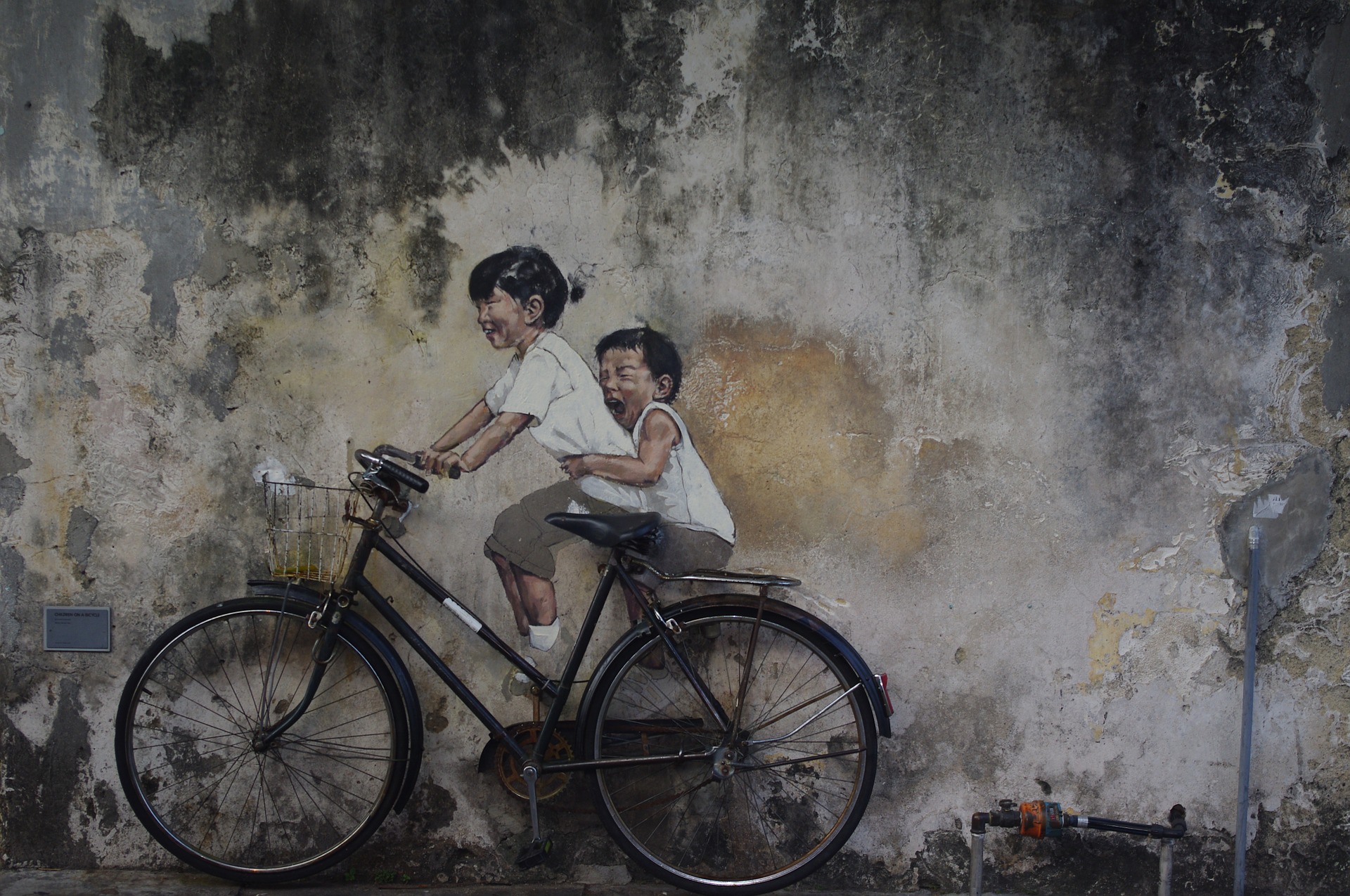
The sea route to Penang off peninsular Malaysia’s West Coast is a veritable main road for the world’s luxury cruise ships.
Just after the opening of 2017, two liners docked at Swettenham Pier International Cruise Terminal in the island’s capital George Town, disgorging an estimated 5,000 passengers to the delight of local taxi drivers. However, that’s nothing. On March 13, five ships were due to arrive with a total of 17,000 passengers, eager for the one-day cultural experience of their lives.
Swettenham Pier has only two berths (although two more are planned) so it’s going to be interesting; meanwhile, the local tourist authorities scoured Malaysia for buses to transport the tourists around the island’s main attractions.
This year, a record number of 77 cruise liners are scheduled to visit, and that’s impressive considering there are none due in the wet season (July, August September) and only three in June and four in October.
Reading of these developments, I got to wondering – what’s the attraction? And why did the American TV network CNN name Penang the second most important tourist destination for 2017?
To answer those questions, I spent three months on the island and I believe it’s because, in a small area of only 293 square km, it offers a unique distillation of three ancient and great civilisations – Chinese, Indian and Malay – with further flavouring from neighbouring Thailand and Indonesia, and even Sri Lanka not so far away across the Indian Ocean; you could also add Eurasian and Japanese influences to the stew.
So perhaps, it’s quite reasonable, for those big-spending cruise ship passengers to expect to “do Penang” in a day.
It was a certain Captain Francis Light of the British East India Company who took possession of Penang in 1786, calling it the Prince of Wales Island. It was one of the first British possessions in the region, and much of the subsequent multi-ethnic history is still evident in the customs and old preserved buildings that encouraged UNESCO to name George Town a World Heritage Site in 2008.
From the start, Penang threw open its doors to immigrants, as labourers, professionals and traders. Although starting a new life, they never forgot their hometowns, to our benefit today.
The local government has cannily tapped into this heritage to create a year-round exotic cultural agenda, and I’d like introduce some aspects.
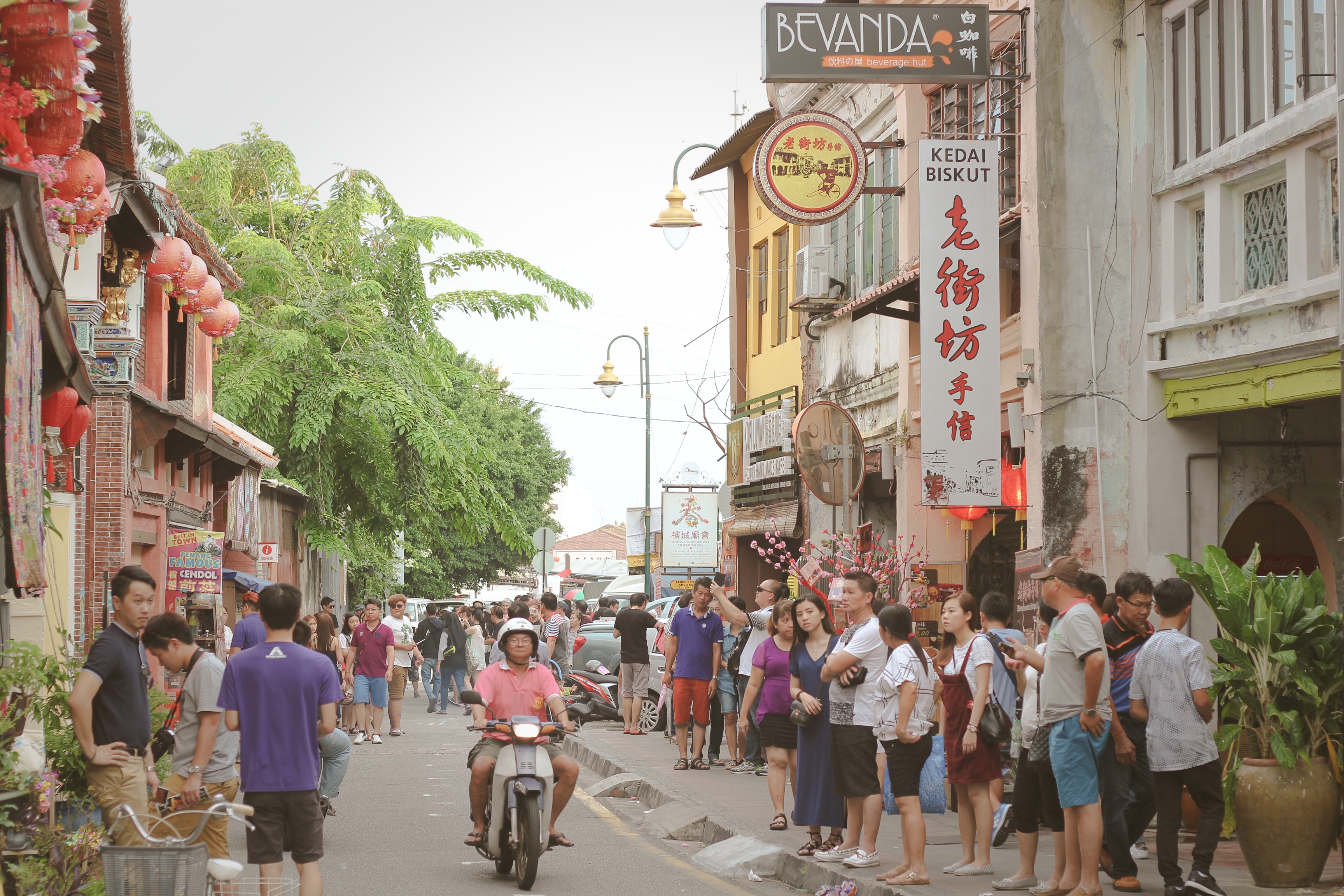
China
Given its large population of Chinese origin, it’s natural that Penang enthusiastically celebrates the lunar New Year (Spring Festival). This is always a mix of private (family reunion dinners) and public events – dragon and lion dances, temple fairs and fireworks displays, for example.
Unique to Malaysia and Singapore (not native to mainland China) is the Lou Sang tossing ceremony, involving diners digging their chopsticks into a giant raw fish-based salad and tossing the materials into the air while shouting auspicious phrases for good luck. The higher you toss, the greater the luck. There’s one temple that has a tossing ceremony involving more than 1,000 participants.
The 15-day New Year celebrations end with a festival that can be called Chinese Valentine’s Day, when young ladies head for jetties to toss oranges into the sea to seek success in finding a good husband. Less romantically, the Penang State Tourism authority stages huge street food fairs and a Baba Nyonya cultural show, reflecting the unique Peranakan culture that emerged in Malacca, from the marriage of local girls with Chinese immigrants two centuries ago.
Penang has numerous old Chinese-style temples. One of the most intriguing is the Snake Temple, built around 1875 and dedicated to an ancient Chinese Buddhist monk with miraculous healing powers named Chor Soo Kong, also known for providing a haven for snakes. True to tradition, the temple is full of pit vipers.
The incense smoke wafting through the rooms is said to pacify them so they never bite; and, anyway, we are assured they’ve had their venom removed, although I’d not want to rely on that too much!
In George Town’s Pitt Street, there’s a Guan Yin (Buddha) temple that is also dedicated to Mazu, the Chinese goddess who protects seafarers (she was a girl who used to row her boat to rescue drowning sailors a thousand years ago; she disappeared on one such mission and locals said she’d ascended to heaven). There’s a tradition that her statue is taken out of the temple and paraded around Penang every 60 years. Unfortunately, her removal supposedly allows a dragon hiding in a deep well under the main altar to escape and cause havoc. If you’re wondering: the last parade appears to have taken place in 1988, when a local ferry terminal collapsed…
India
The vast sub-continent has numerous religious and cultural festivals, and many of these continue to be honoured in Penang.
In January, Hindus celebrate Thaipusam, when devotees parade the streets with their bodies skewered with numerous hooks, on which small urns are hung as an act of penitence. Another highlight is a parade of a silver chariot containing the vel (spear) of the Hindu deity Lord Murugan.
Also in January, many different Indian ethnic groups celebrate a harvest festival under different names – Tamils call it Pongal and Sikhs Lohri. In October or November, meanwhile, there is the colourful Deepavali, or festival of lights.
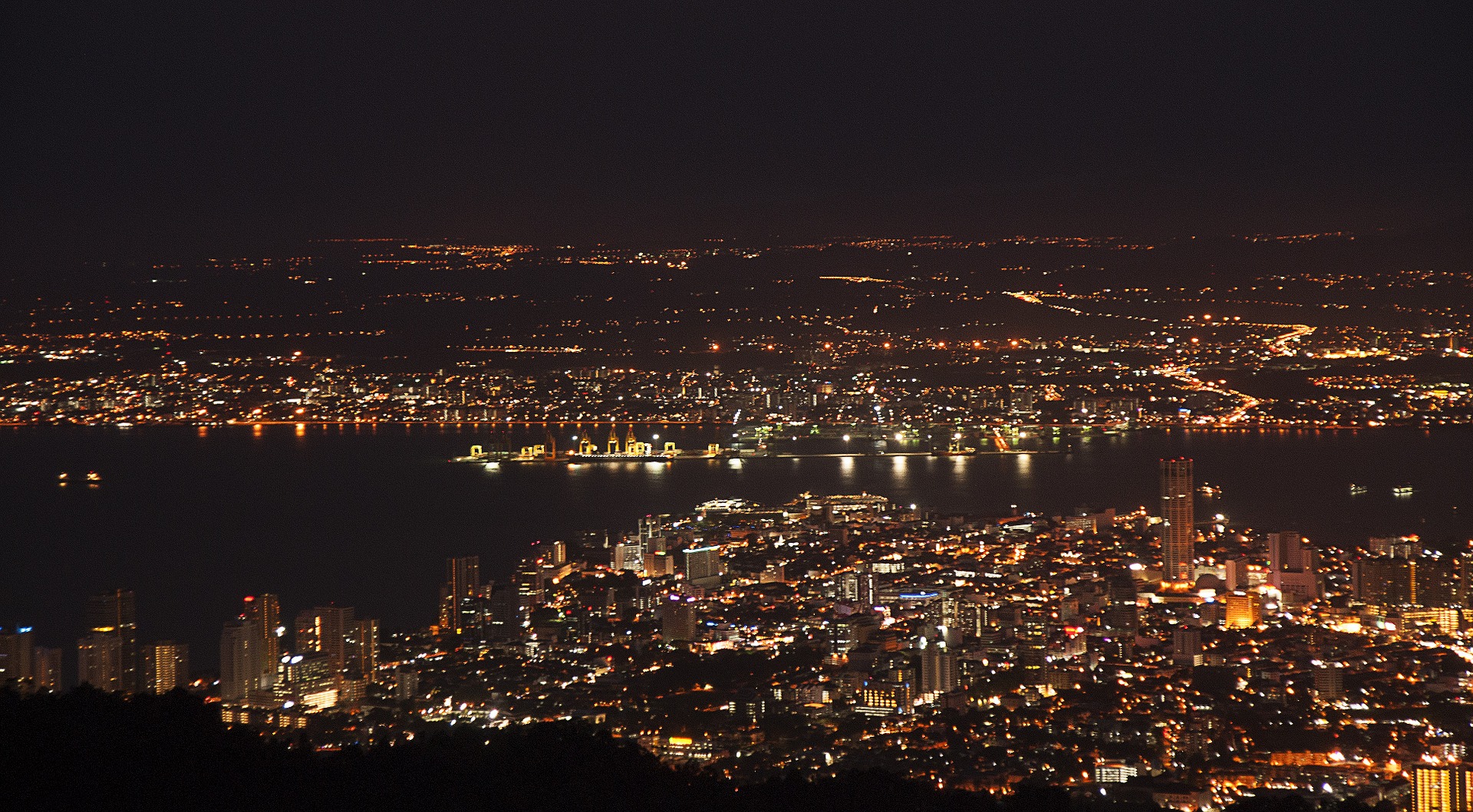
Religious events
Malay Muslims living in Penang have numerous festivals during the year, while Buddhists focus in particular on Vesak, when they mark the birthday, the enlightenment and death of Buddha with abstinence and prayer.
Other celebrations
As someone who lived in Japan for some years, I’m delighted to see Penang wholeheartedly celebrating Bon Odori festival in July. It’s a chance to dress up in kimono/ yukata and join in folk dances to the beat of taiko drums, before savouring numerous delicious Japanese dishes.
Also, drawing on a wider cultural base, a recent addition to the calendar is the Penang International Lion Dance on Stilts competition, where teams from across South East and North Asia compete for generous prizes. Don’t forget your camera!
Accompanying the culture, there’s always food and Penang offers every imaginable culinary experience at street stalls or in formal restaurants, earning the title of “food capital of Malaysia”.
To sum up, then: You can travel thousands of miles all over Asia to obtain a wide variety of cultural experience. That could take weeks. Or, you can head for Penang and see it all within a few square miles in a few days.
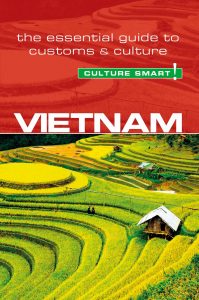
Author: Geoffrey Murray
Price: £6.95
Click here to buy
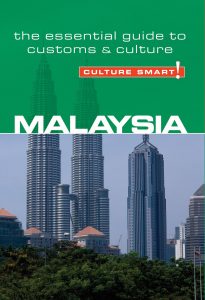
Author: Victor King
Price: £6.95
Click here to buy